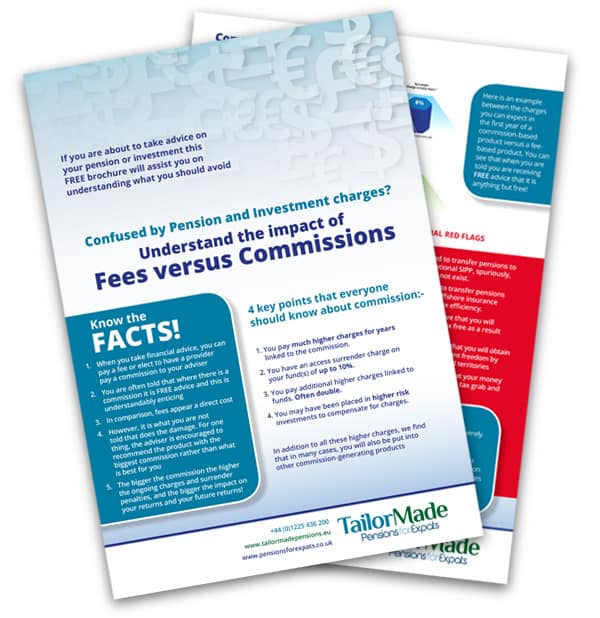This economic article focus on the USA and China
Alex Pearcy-Caldwell writes about the global economy in July 2019:
Chinese and American GDP growth
In 2019 China reported its economy had grown 6.2%, the lowest economic growth for over 20 years. It comes at a time where the USA has been locking horns with China over trade, with President Trump keeping to his manifesto of boosting domestic growth and industry, through protectionism with foreign competitors. However, from using first quarter reports from both economies, China is set to end around 6% growth if you believe the credibility of their reports, while the US is set to hit around 2.4% this year. Whilst excellent figures, they are showing an economic slowdown within two of the biggest economies.
There is also some question over the accuracy of the published figures from China, and a more accurate indicator of the slowdown is shown by the reduction in raw materials being imported and the published problems of manufacturers that focus on China as their marketplace.
Chinese issues with debt and policy
China’s economy is on the verge of becoming fragile, as high loan payments it acquired to turbo charge their economy into one of the world leaders over the past 20 years becomes more of a burden on the economy.
Officially from the Chinese government, their loans are only equivalent to only 43% of their total GDP, which ordinarily is a good figure to have. Though it should be considered that the banks in China are in-fact owned by different branches of the Chinese government. In other words, the Government has been borrowing from itself. Leading to economists and organizations to believe it’s much higher with the Institute of International Finance (IIF) believing debt is around 300% of China’s total economy in reality.
This comes as the Chinese government promises increased spending while also decreasing taxation, leading to a burst in some markets within China, with further markets threatened. Of course, being a major exporter of goods to the world, the trade war has certainly not helped, especially the technology industry where China is suffering competing with the large US corporations’ which dominate the global market.
China’s slowdown has been further facilitated by poorly thought out policies such as the one child policy which has led to an ageing population. Which shall not have the support required due to a shrinking labour force which is sure to cause further economic problems down the road, similar to what was witnessed in Japan in the 1990’s.
Economic issues for America
America, not faced with the same future problems that China will likely have, has also had its fair share of issues which has caused America to miss its’ economic target of 3% GDP growth. This has been fuelled by the political uncertainty caused by run ins with other countries such as China, Mexico, Iran and North Korea. And through self-harm of protectionist policies which have restricted some companies not able to trade so effectively, and in the case of China has led to an increase in their production and operation costs such as Apple.
How the rest of the world views them
Other countries have been eying up this trade war with an opportunistic gaze. The most likely benefactor of US companies seeking new business and cheap production will be India, already being in several trade wars of their own with China and having a thriving technology and service industries already established, India is certain to catch the eyes of foreign companies looking for cheap operation costs. As long as the Indian government continues to invest into improving their infrastructure, they will likely be the next country American firms will look to in-order to further their growth.
As America and China are two of the biggest economies, Their trade war and economic stability impacts on other countries, which means as they produce and consume less (in relative terms as they are still growing), it impacts on other economies. Due to less high and low ticket items being bought.
To see how this impacts on Europe and our conclusion click here
End of article: The global economy in July 2019
The views expressed in this article are not to be construed as personal advice. You should contact a qualified and ideally regulated adviser in order to obtain up to date personal advice with regard to your own personal circumstances. If you do not then you are acting under your own authority and deemed “execution only”. The author does not accept any liability for people acting without personalised advice, who base a decision on views expressed in this generic article. Where this article is dated then it is based on legislation as of the date. Legislation changes but articles are rarely updated, although sometimes a new article is written; so, please check for later articles or changes in legislation on official government websites, as this article should not be relied on in isolation.
This article was published on 6 August 2019
Related Stories:
- A look at the German and Italian manufacturing sector
- U.S. Dollar’s Global Dominance on the Decline
- IMF: Global Economy Likely to Rebound, but UK’s Will Shrink in 2023
- How much will US Tariffs affect French wine and the wine trade between Europe and America
- How is a weak British pound affecting the UK economy
Share this story






